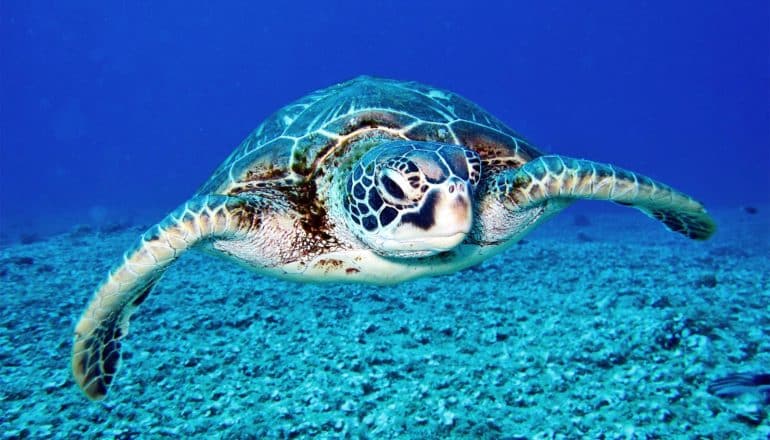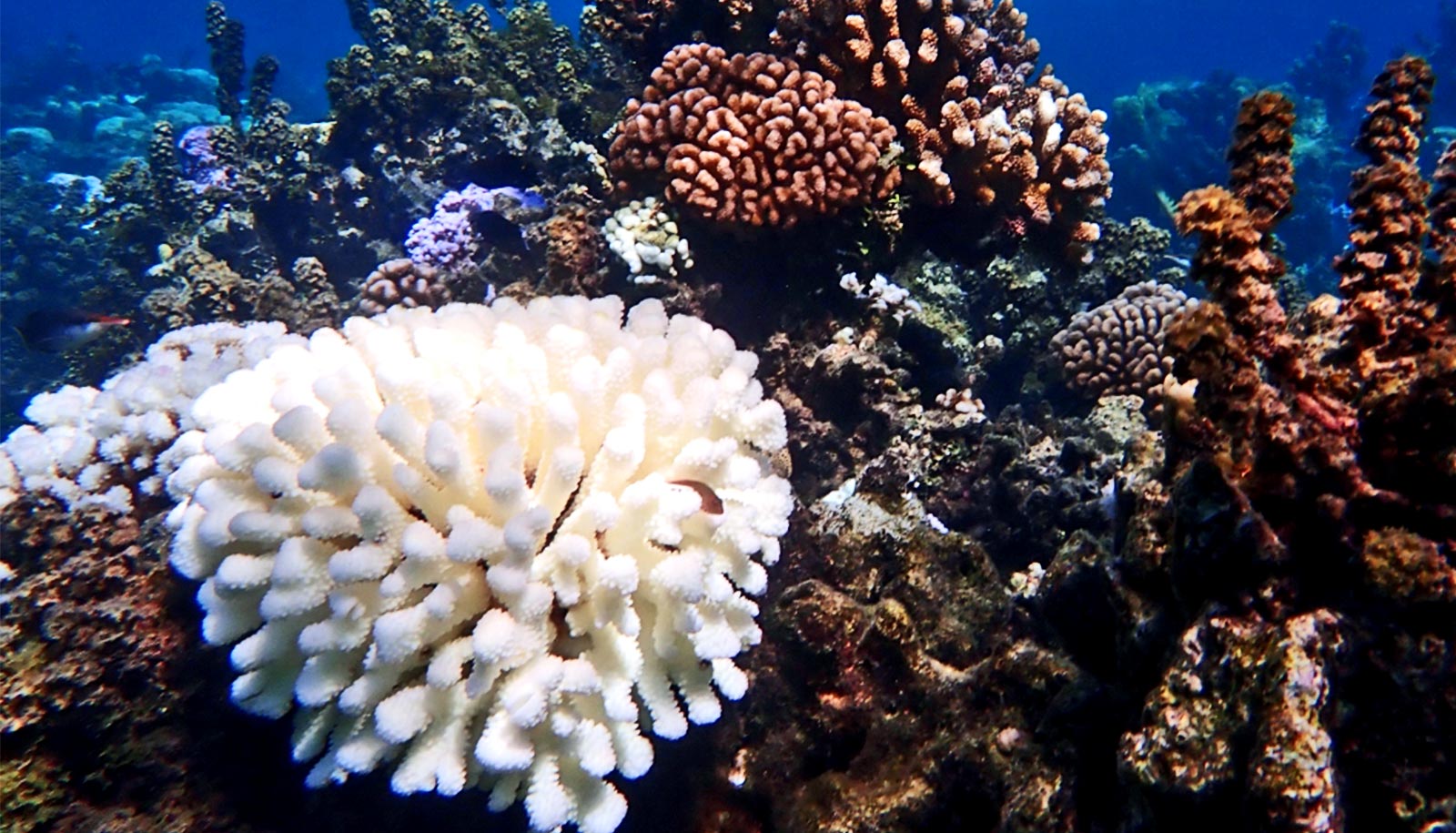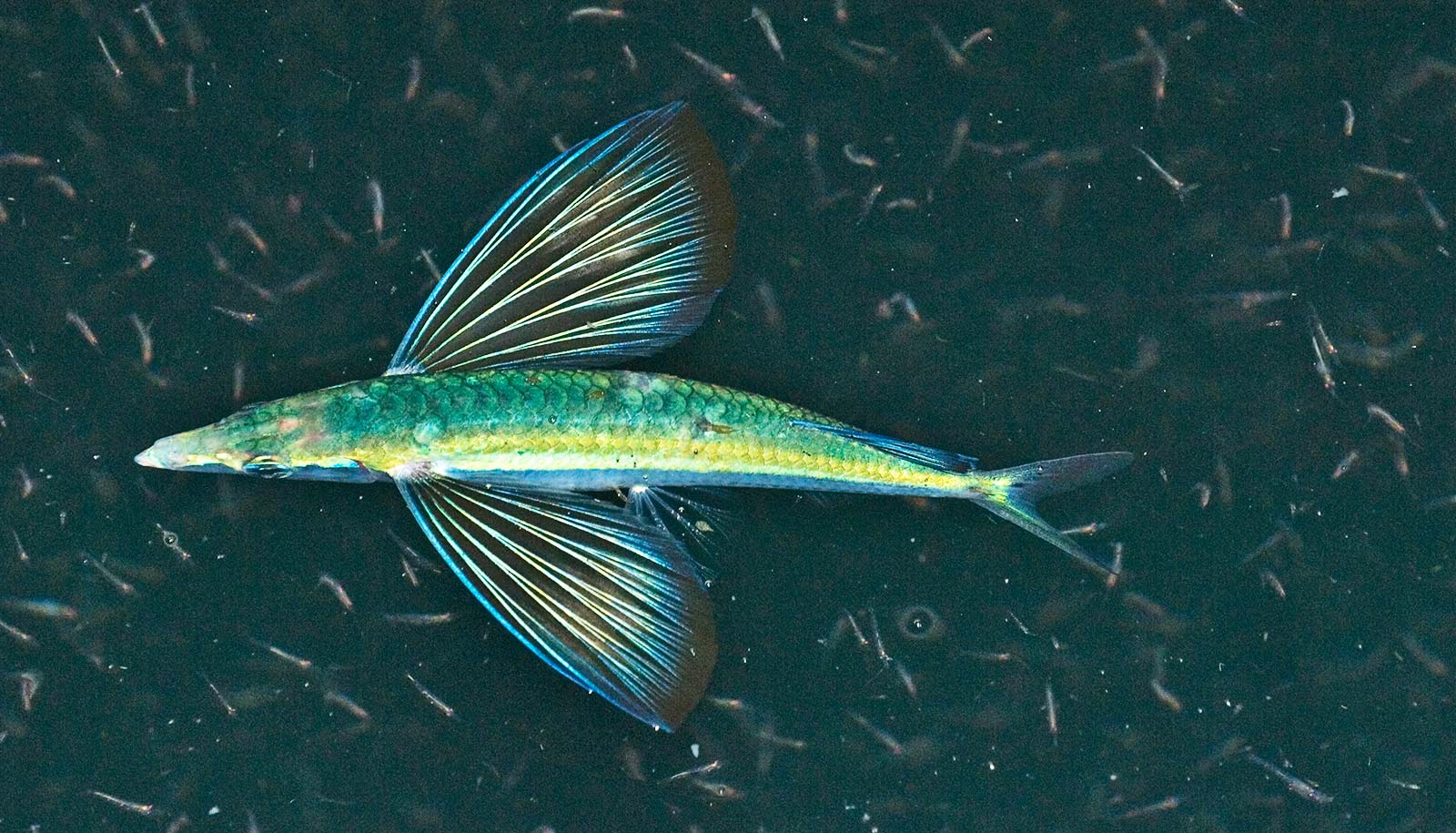
(Credit: Pexels )
We’re really doing a number on the world’s oceans
In the last ten years, the impacts of overfishing, pollution, shipping, and other human activities on the oceans have doubled—and may double again.

Over the recent decade, total human impacts to the world’s oceans have, on average, nearly doubled and could double again in the next decade without adequate action, researchers say.
A new study in Scientific Reports assesses for the first time where the combined impacts that humans are having on oceans—including things like nutrient pollution and overfishing—are changing and how quickly.
In nearly 60% of the ocean, the cumulative impacts are increasing significantly and, in many places, at a pace that appears to be accelerating.
“That creates even more urgency to solve these problems,” says lead author Ben Halpern, a professor at the University of California, Santa Barbara’s Bren School of Environmental Science & Management and director of the National Center for Ecological Analysis and Synthesis (NCEAS).
The multifactor problem in oceans
Climate change is a key factor driving the increase across the world, as seas warm, acidify, and rise. On top of that, commercial fishing, runoff from land-based pollution, and shipping are intensifying progressively each year in many areas of the ocean.
“It’s a multifactor problem that we need to solve. We can’t just fix one thing if we want to slow and eventually stop the rate of increase in cumulative impacts,” Halpern says.
The study also projected the impacts one decade into the future, based on the rate of change in the recent past, finding that impacts could double again if the pace of change continues unchecked.
The assessment provides a holistic perspective of where and how much human activities shape ocean change—for better or worse—which is essential to policy and planning.
“If you don’t pay attention to the big picture, you miss the actual story,” Halpern says. “The bigger picture is critical if you want to make smart management decisions—where are you going to get your biggest bang for your buck.”
Regions of particular concern include Australia, Western Africa, the Eastern Caribbean islands, and the Middle East, among others. Coastal habitats such as mangroves, coral reefs, and seagrasses are among the hardest-hit ecosystems.
Not all bad news
There is an upside to the story, however. The authors found some “success stories” around every continent, areas where impacts have declined, such as the seas of South Korea, Japan, the United Kingdom, and Denmark, all of which have seen significant decreases in commercial fishing and pollution.
The declines suggest that policies and other actions to improve ocean conditions are making a difference—although, the analysis does not attribute specific actions to those declines.
“We can improve things. The solutions are known and within our grasp. We just need the social and political will to take action,” Halpern says.
To assess the pace of change, the authors used two previous and similar assessments the same team members and others conducted in 2008 and 2013, which provided first glimpses into the full, cumulative extent of humanity’s impacts on oceans.
“Previously, we had a good measure of the magnitude of human impacts, but not a clear picture of how they are changing,” says coauthor Melanie Frazier, a data scientist at NCEAS.
She says how dramatically ocean temperatures have increased in a relatively short period of time, was a surprise.
“You don’t need fancy statistics to see how rapidly ocean temperature is changing and understand the magnitude of the problem. I think this study, along with many others, highlights the importance of a concerted global effort to control climate change.”
Source: UC Santa Barbara
The post We’re really doing a number on the world’s oceans appeared first on Futurity.
Share this article:
This article uses material from the Futurity article, and is licenced under a CC BY-SA 4.0 International License. Images, videos and audio are available under their respective licenses.


